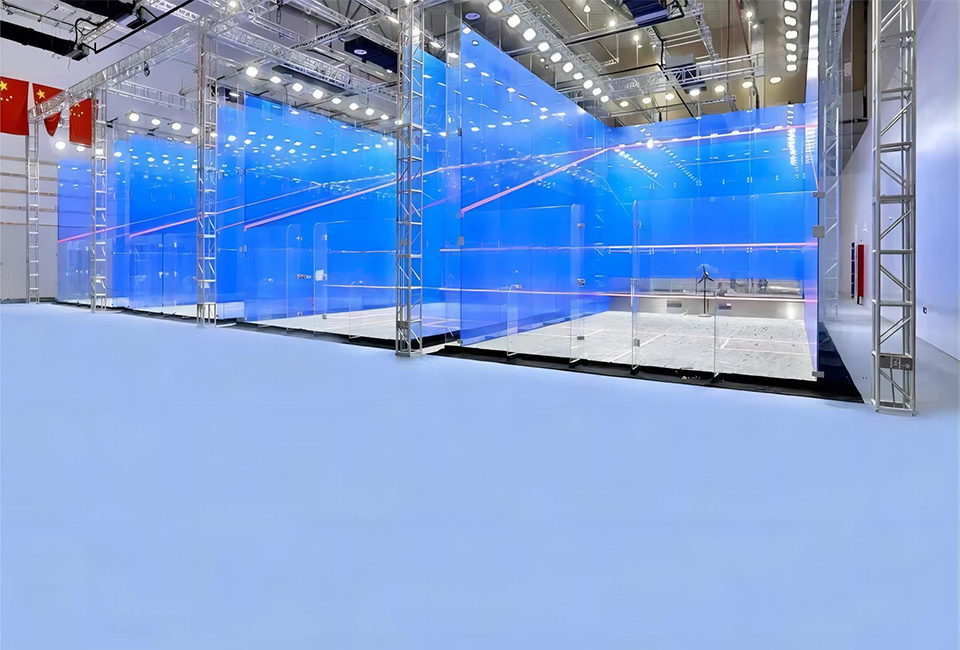

The Structure and Importance of Padel Court Factories
Padel, a racquet sport that combines elements of tennis and squash, has seen a surge in popularity globally in recent years. As a result, the demand for high-quality, well-structured padel courts has significantly increased. Manufacturing facilities dedicated to producing padel courts have become essential to meet this growing need, offering a combination of innovative designs, durable materials, and efficient construction techniques. This article delves into the structure and significance of padel court factories, highlighting their role in the sport's expansion.
Understanding Padel Court Design
A standard padel court is enclosed in glass walls and is smaller than a traditional tennis court, usually measuring 20 meters long and 10 meters wide. The walls play a crucial role in gameplay, allowing players to utilize rebounds strategically. The court surface is typically made of synthetic turf or artificial grass, designed to withstand heavy use while providing good traction.
Padel court factories must consider various elements while manufacturing these courts. The design must accommodate the specific measurements and the requirements for proper drainage, lighting, and player safety. Additionally, the factories often produce customizable options for court aesthetics, such as different colors and finishes, to enhance the visual appeal and integrate seamlessly into various environments.
The Manufacturing Process
Padel court factories employ a systematic approach to the production of courts. The process begins with the selection of high-quality materials, which are essential for creating durable and weather-resistant courts. Common materials include galvanized steel for the frame, tempered glass for the walls, and high-grade artificial turf for the playing surface.
Once materials are sourced, the manufacturing process typically involves several key steps. First, the frame of the court is constructed, with precision engineering to ensure strength and stability. Next, tempered glass panels are cut and installed into the frame, providing the necessary visibility and allowing for dynamic gameplay. Afterward, the playing surface is laid, ensuring it meets the required standard for safety and performance.

Modern padel court factories increasingly incorporate technology into their manufacturing processes, utilizing computer-aided design (CAD) software to create accurate designs and specifications. This technology not only speeds up production but also enhances the precision of the final product, which is crucial for ensuring a level playing field.
Economic and Cultural Impact
The rise of padel courts has had several implications beyond the sport itself. Padel court factories contribute significantly to local economies by creating jobs in manufacturing, construction, and maintenance. Moreover, as more courts are built, they often serve as community hubs, promoting social interaction and physical activity among residents of all ages.
As the popularity of padel continues to surge, there’s also a growing demand for international tournaments, training facilities, and professional coaching, further creating opportunities for economic growth. Padel court factories are strategically positioned to seize this opportunity by collaborating with clubs, schools, and recreational centers to design and install courts that cater to varying skill levels and budget ranges.
Conclusion
Padel court factories play a pivotal role in the booming padel sport, addressing the increasing demand for high-quality courts and fostering community engagement through physical activity. As these factories continue to innovate and grow, they contribute not only to the sport's infrastructure but also to economic development and cultural exchange.
As the sport evolves, future improvements in design, materials, and technology within padel court manufacturing are expected to enhance player experiences and expand the reach of padel globally. With the foundations laid by these specialized factories, the future of padel looks bright, promising increased accessibility and enjoyment for players around the world.
High-Performance Industrial Flooring Solutions China Paddle Tennis Court for Sale
High-Performance Industrial Flooring Solutions Durable & Cost-Effective
Homogeneous Transparent Floor – Durable & Stylish Rubber Floor Solutions
Premium Homogeneous Transparent Floor for Durable & Stylish Spaces Rubber Floor Solutions
Premium Sports Floor Solutions Durable PVC Sports Floor & Rubber Floor for Gyms
Durable Rubber Composite Floor Premium Rubber Floor & Mats Solutions